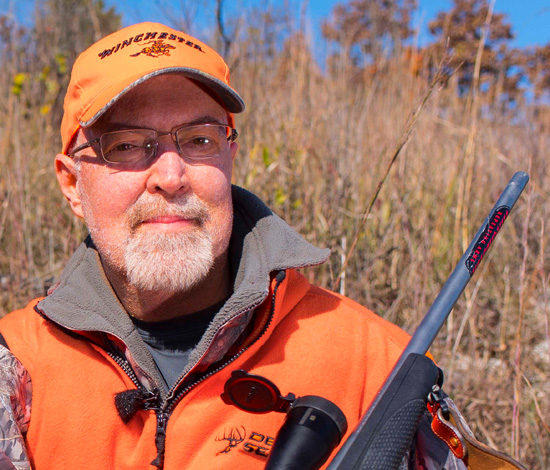Baiting Coyotes by Grant Woods
Deer season is closed in most states and its prime time to coyote hunt! Coyote hunting is fun and can be a great deer and turkey management tool if predators are putting too much pressure on prey species where you hunt.
Coyotes often have large home ranges. They can and often will respond to calls from long distances in open country. However, where the vegetation is thick the sound from calls don’t travel as far. I’ve found that coyotes will often remain very close to a source of easy food.
Preventing cookies from being stored on your device may interfere with your ability to view video content.
You can adjust your cookie setting by clicking the button below.
A great technique to know coyotes are close by for calling sessions is to stake a road-killed deer in an area that’s in the hunter’s favor. This is especially true during late winter as there’s less food available for coyotes.
In Missouri permission is required from the appropriate authorities before taking possession of a road-killed deer. I work with the local game wardens and the transportation department to get permission and have them inform me when a road-killed deer is reported. This saves the state from having to dispose of the deer and provides me with some great coyote hunting opportunities!
It’s important to place the deer in an area that coyotes won’t see or smell you approaching or detect you while you are calling. I often stake the bait in areas where the topography and / or cover conceals my approach and calling location. Be sure and stake the deer down or coyotes will often drag off the carcass the first night.
My best success at calling coyotes has been in areas where they find easy meals. It’s easy to create such areas by placing a road-killed deer where you have permission to call.
Growing and Hunting Deer together,
Grant




